In the many years that modern smartphones have been available on the market (first iPhone was launched in the middle of 2007), some of them have become legendary, whether they were from Samsung, Apple or other brands. Let's name it at random iPhone 3G (2008), Google Nexus One (2010), Sony Xperia Z (2013), Series Galaxy S8 (2017) or the now defunct series Galaxy Notes. During that time, however, there were also phones that should never have seen the light of day. Here are ten of these infamous "tricks".
Motorola Backflip (2010)
At the dawn of the last decade, we were still kind of in love with physical keyboards. The Motorola Backflip was an odd combination of a touch screen Androidua a fold-out keyboard that users could access with a "reverse flip" - when closed, the keyboard was the back of it. Its launch also marked the beginning of a time when manufacturers tried to "cram" social media into mobile devices, in this case the MotoBlur software, which brought Facebook, Twitter and MySpace to the fore.
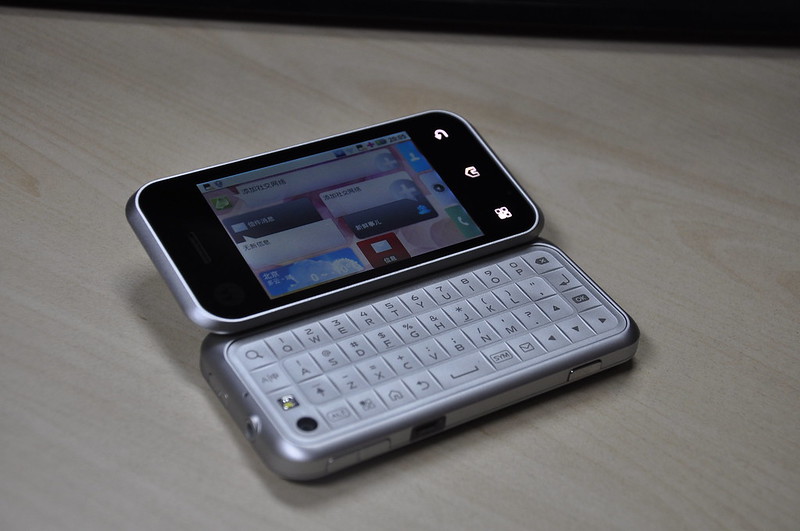
Microsoft Kin One and Kin Two (2010)
These weren't actually smartphones in the true sense of the word, but "social phones" without any smartphone features like apps, but with a full keyboard for handling email and social media correspondence. The devices sold so poorly that they had to be withdrawn from sale just two days after their launch. Microsoft later tried to sell them without data plans as a feature phone with reduced prices, but even then there was no interest in them.
Motorola Atrix 2 (2011)
Why is there a laptop in the picture below? Because the Motorola Atrix 2 phone (and the original Atrix 4G) was meant to "slide" into a $200 device called a Lapdock to power a larger 10,1-inch screen. This solution is ahead of its time as Samsung DeX mode does something similar on supported devices Galaxy. However, both phones failed commercially.
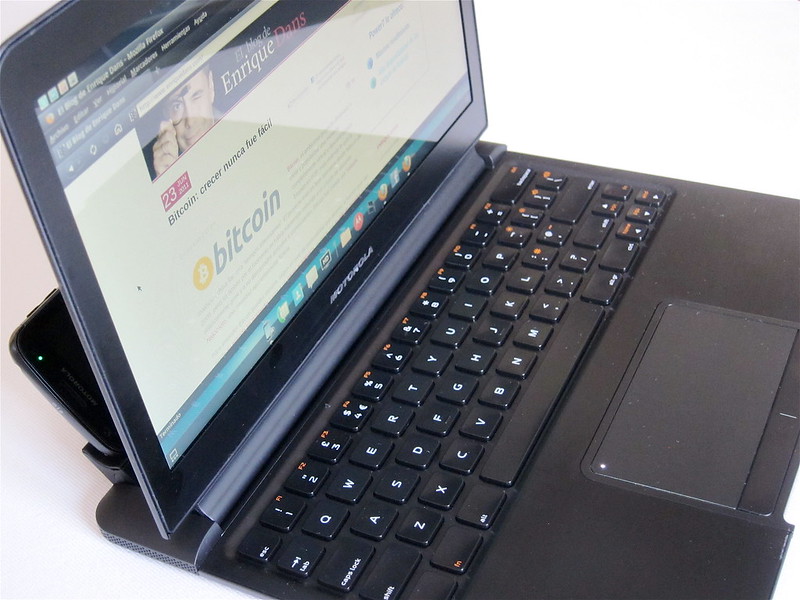
Sony Xperia Play (2011)
The Sony Xperia Play was one of the first gaming smartphones. For this purpose, it was equipped with a controller with PlayStation buttons (which is why it was also nicknamed the PlayStation phone). Despite the creation of a PlayStation game store that sold good titles, the phone did not attract much interest from gamers.
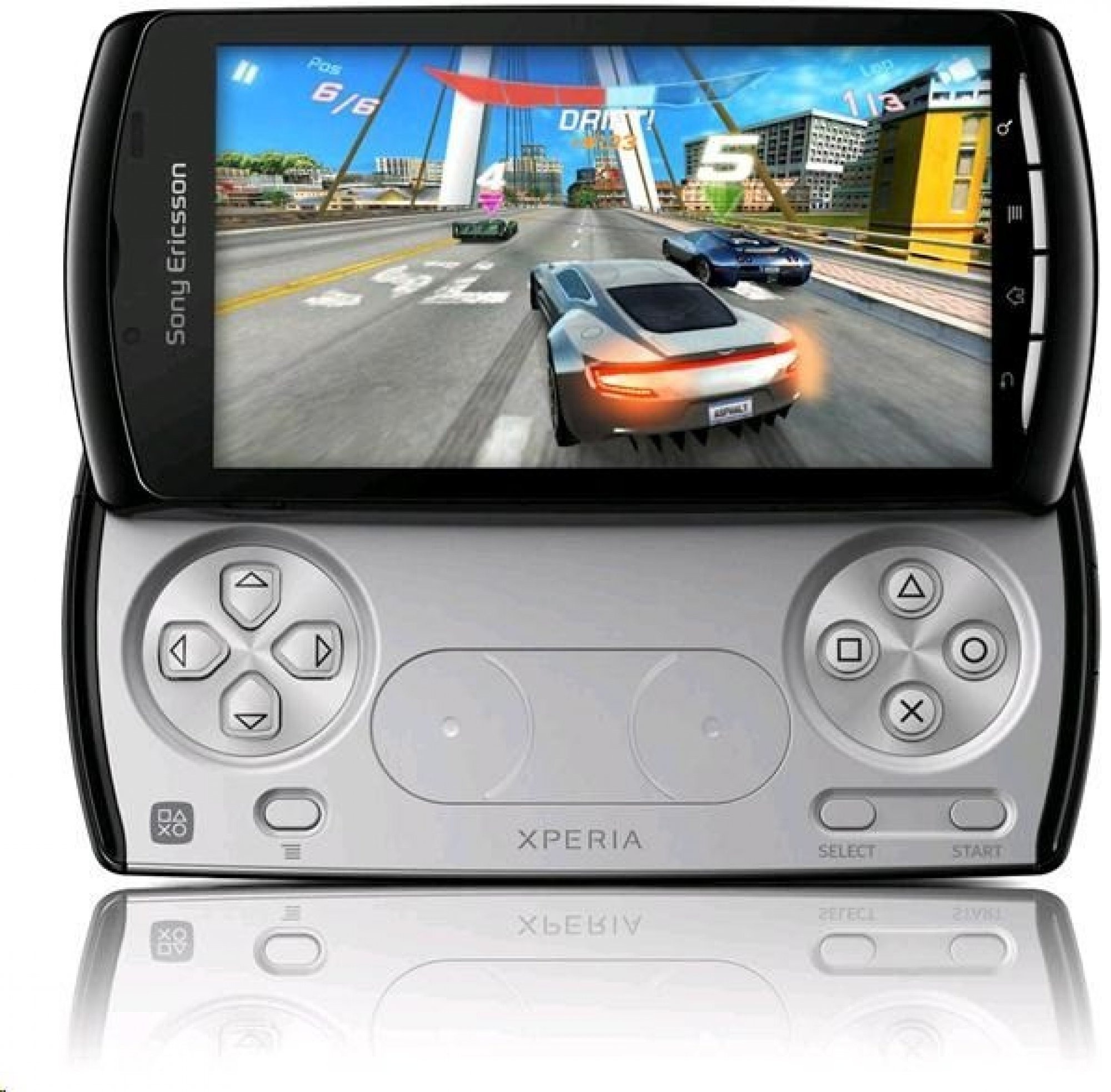
Nokia Lumia 900 (2012)
Although the Nokia Lumia 900 won the best smartphone award at CES 2012, it was actually a sales flop. It ran on the operating system Windows Phone, which compared to Androidin the iOS it offered desperately few applications. Otherwise, it was one of the first phones that supported LTE.
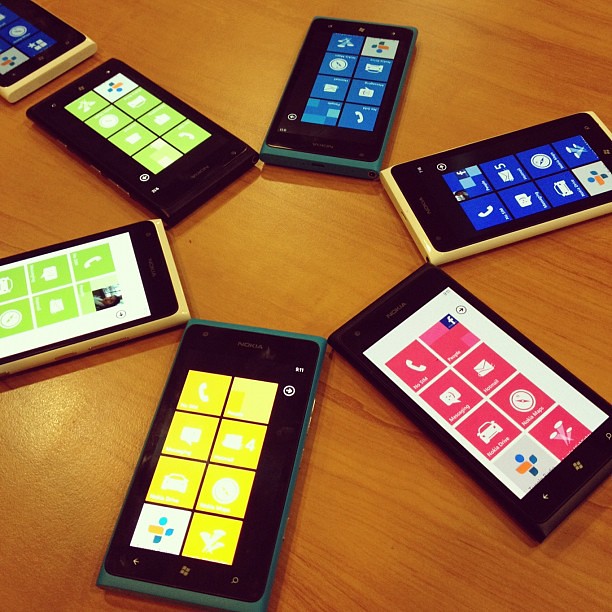
HTC First (2013)
The HTC First, sometimes referred to as the Facebook Phone, followed up on the previous device that was supposed to make Facebook a mobile star. HTC First was androidov phone with a user interface layer called Facebook Home, which placed the then most popular social network on the home screen. However, the tie-up with Facebook didn't pay off for the one-time smartphone giant, and the phone ended up selling for just 99 cents to clear inventory.
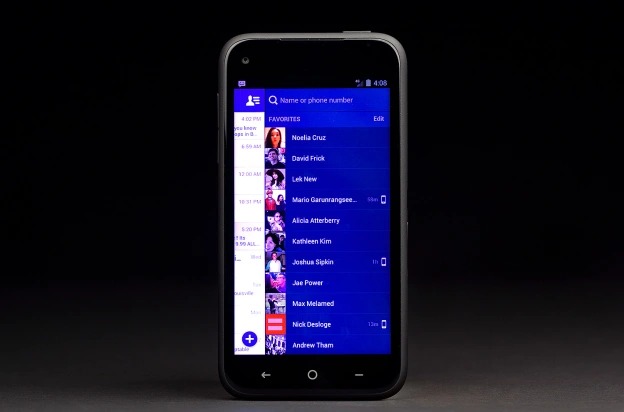
Amazon Fire Phone (2014)
Amazon had success with tablets, so one day they thought why not try it with phones. Its Amazon Fire Phone boasted special 3D camera capabilities that helped users with shopping. However, they didn't appreciate it, and Amazon lost millions on the phone during the year it was on sale. The problem was already that it used its own FireOS operating system (even though it was based on Androidat).
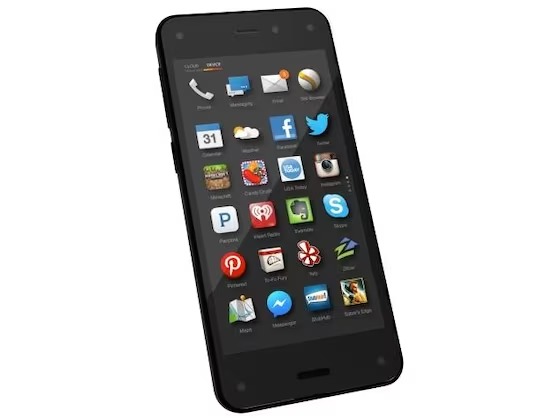
Samsung Galaxy Grade 7 (2016)
Yes, Samsung also launched a smartphone in the past that became infamous. Galaxy While the Note 7 was a great phone, it had a major flaw, the battery's susceptibility to exploding, which was caused by a design flaw. The problem was so serious that many airlines banned its carriage on board their planes. Samsung eventually had to pull it from sale and remotely set all the units it sold to not charge, rendering them unusable.
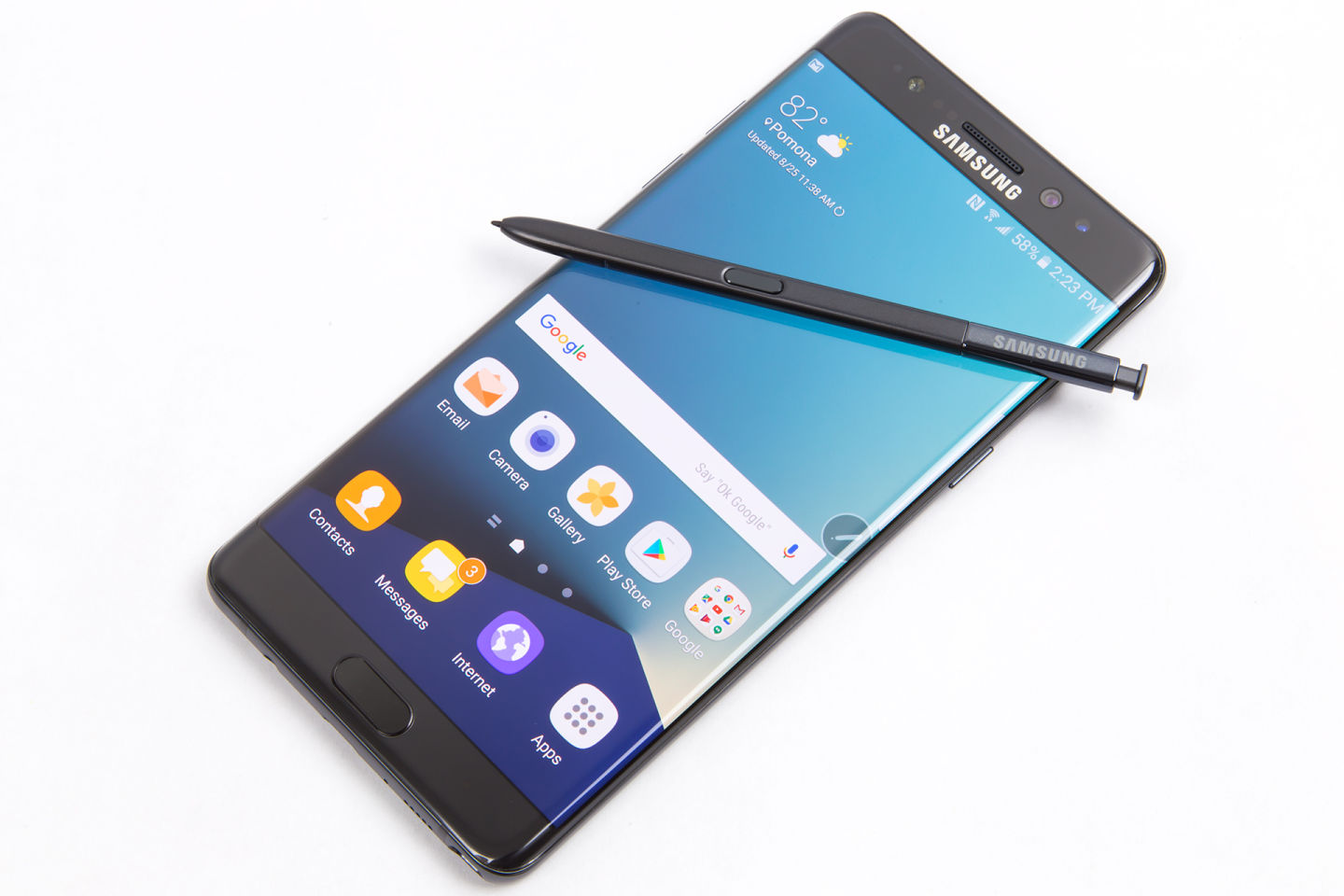
Essential PH-1 (2017)
Andy Rubin, one of the co-creators, was behind the creation of the Essential PH-1 phone Androidu before it was bought by Google. Rubin himself worked at Google, so "his" phone should have been well-trodden "on paper". In addition, Rubin managed to raise millions of dollars from investors thanks to his name. It wasn't a bad phone, but it was nowhere near the success it aspired to be.
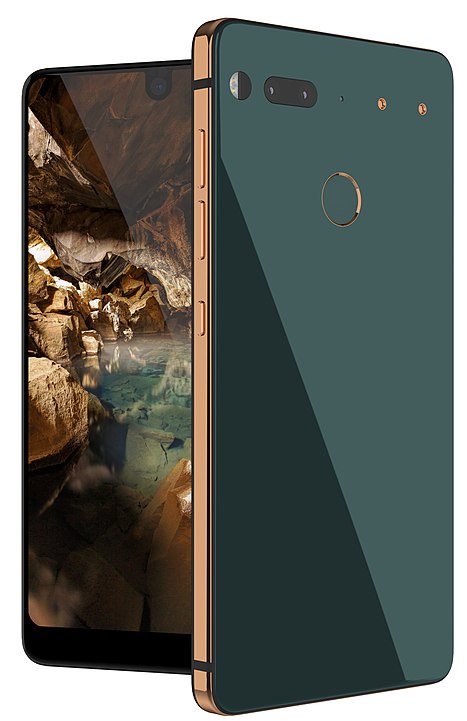
RED Hydrogen One (2018)
The last representative on our list is the RED Hydrogen One. In this case, it was the "work" of RED founder Jim Jannard, who preferred to stick to video camera development. The phone boasted a holographic display, but it didn't work in practice. Jannard blamed its manufacturer for this. The device has been labeled as the worst tech product of 2018 by some internet media outlets.
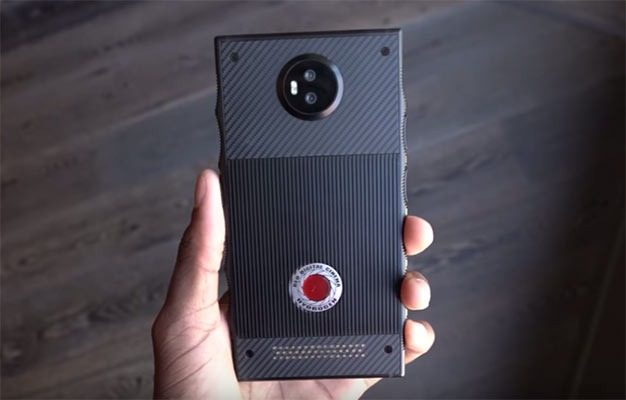
You could be interested in
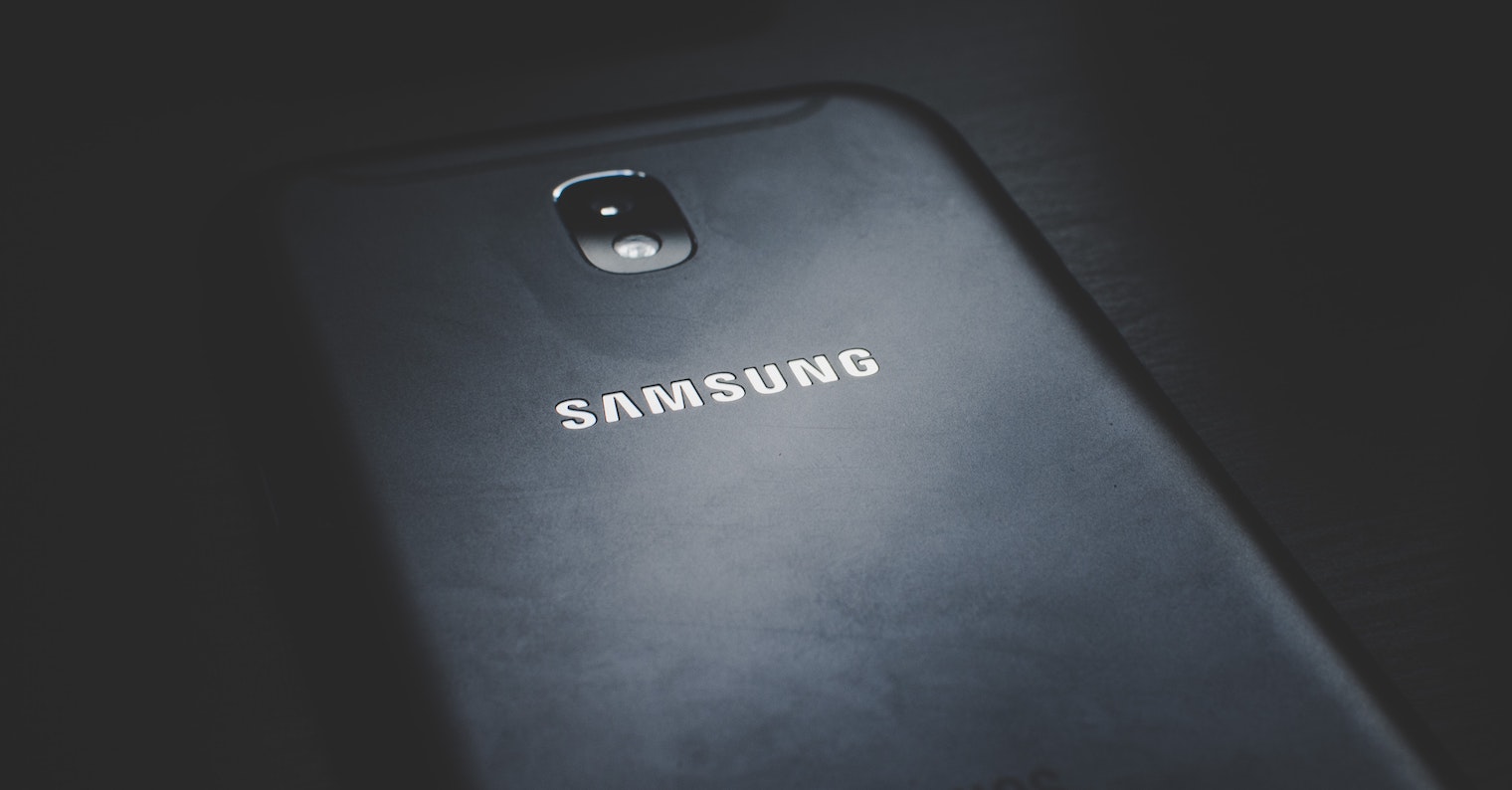
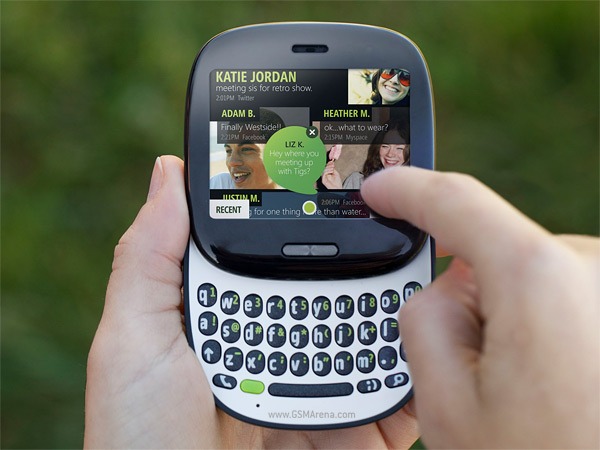

I don't know, but I had a Lumia and it was a good phone. Only then did I switch to iOS.
We're not saying it was bad, but it was simply a sales flop because the developers ignored it, costing it its existence.